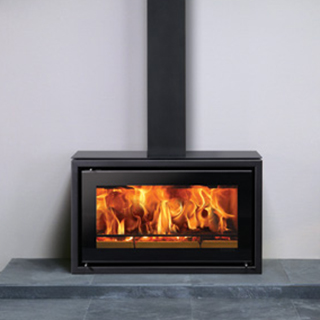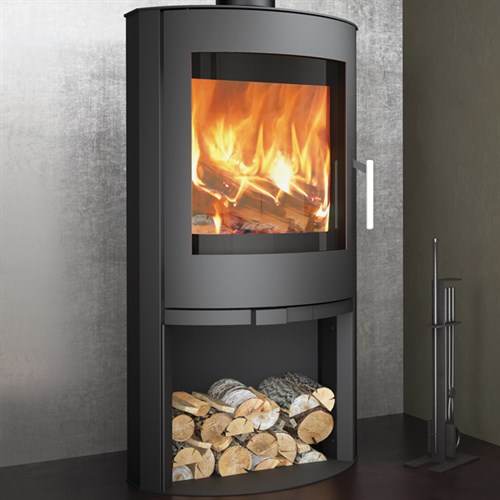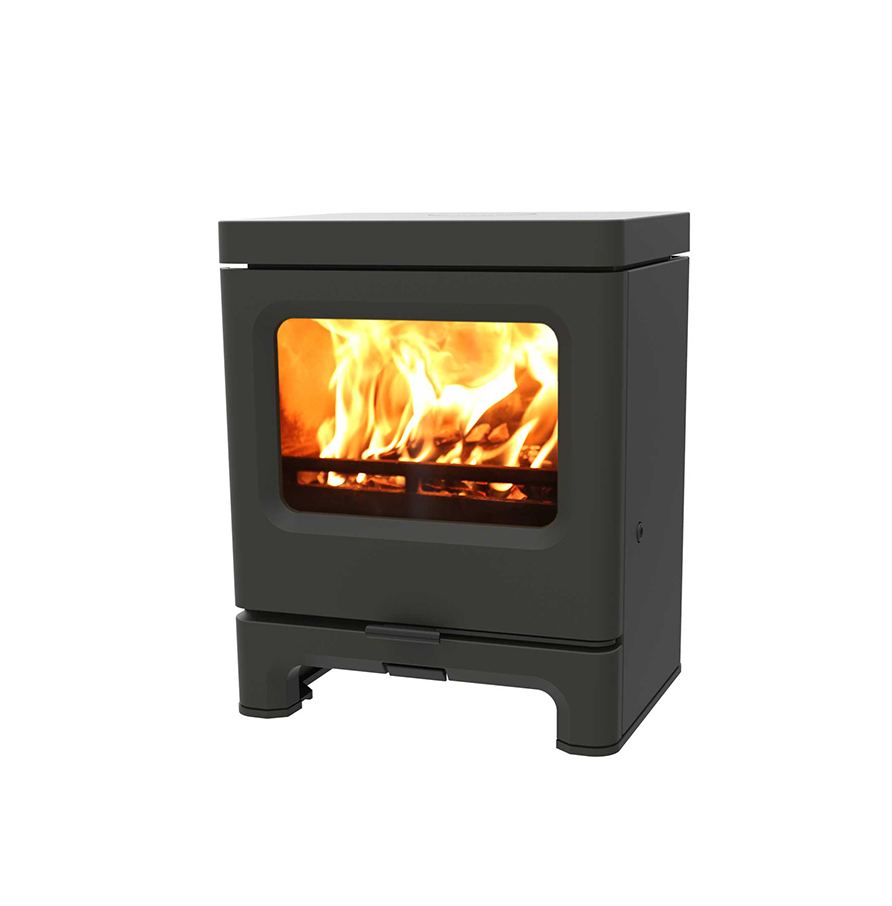Since the UK government issued a raft of reports suggesting that wood-burning stoves are the main source of particle of matter emissions (known as PM2.5) the industry has been fighting back. There are a number of common misconceptions regarding the wood-burning stove industry and emissions. We will now take a look at the HETAS commissioned report and some of the more common inaccuracies now seemingly associated with wood-burning stove emissions.
Huge increase in stove registrations
It is safe to say that there has been a huge increase in the number of wood-burning/multifuel stoves over the last few years. Indeed official figures by HETAS suggest that stove registrations increased from 12,000 a year back in 2004 up to 130,000 a year in 2014. This is a huge increase in stove registrations many of which will use the older technology which is not as environmentally friendly as those manufactured today.
The stove industry is now a huge business and one which has created a growing demand for spare parts. So, the stove industry will be around for many years to come and it is up to the likes of HETAS to ensure there are no misunderstandings with regards to emissions, etc.
Government’s 2019 Clean Air Strategy
The UK government’s 2019 Clean Air Strategy report suggested that open fires/stoves account for 38% of primary emissions of PM2.5 with industry at 16% and road transport at 12%. The interesting factor here is that open fires, which are less than 30% efficient, are grouped together with modern day stoves which are 80% efficient. It is not difficult to see where the potential discrepancies start to emerge with regards to government figures and assumptions. As a consequence, HETAS commissioned its own report into the industry to dig a little deeper.
As we suggested above, one of the main problems is the fact that open fires and stoves are grouped together. Aside from the technology associated with these two combustion systems, the difference is therefore all to see, open fires are, well, open, stoves are closed. Efficiency ratings should also have been taken into account as we have detailed above. So, it is safe to assume that government data may not represent a fair picture of the source of these emissions. However, HETAS has admitted that huge growth in the number of wood-burning stoves, many using older less efficient technology, has contributed to primary emissions.
EcoDesign
Those who follow the wood-burning/multifuel stove industry will be well aware that many UK stove manufacturers have already adopted EU EcoDesign legislation even though these are not yet on the statute books. This proactive approach to emissions, and recognition that old technology stoves are not as efficient as new ones, does not seem to have been recognised in any shape or form by the government.
Comparing a stove which may have been manufactured 30 or 40 years ago to one that rolled off the production line just a few months ago is like comparing apples and pears. The look and style may be similar to years gone by but the technology is totally different. Gas emissions are burnt, re-burnt and burnt again to reduce to a minimum the eventual emissions.
Future emission regulations
Everybody fully appreciates and understands why emission regulations will become tighter in the medium to longer term. We need to find ways to reduce emissions, preserve the environment and extend the life of planet Earth. The fact that the authorities decided it was “fair” to group more efficient wood-burning stoves with their open fire counterparts is ridiculous. This would suggest that some politicians maybe had an ulterior motive to trash the stove industry with wild insinuations and assumptions.

Incidentally, the HETAS report also found that equipment used by the UK government to create its Clean Air Strategy was old and out of date. There was no way to distinguish between different sources of pollution thereby leading to an array of potentially highly inaccurate assumptions. However, insinuations, misinformation and wild assumptions can often grow arms and legs of their own and become “fact” in the minds of some individuals.
Summary
HETAS has become the voice of the wood-burning/multifuel stove industry and is certainly carrying the fight with regards to misinformation and wild assumptions. Yes, it is evident that the huge increase in the number of wood-burning stoves has led to increased emissions although putting stoves in the same group as open fires is bizarre to say the least. In reality the truth will be somewhere between these two reports. Unfortunately for many stove enthusiasts, and potential stove enthusiasts, the seeds of doubt have already been sown. All the industry is asking is to have a level playing field and the opportunity to present facts not fiction. Is it really too much to ask?

